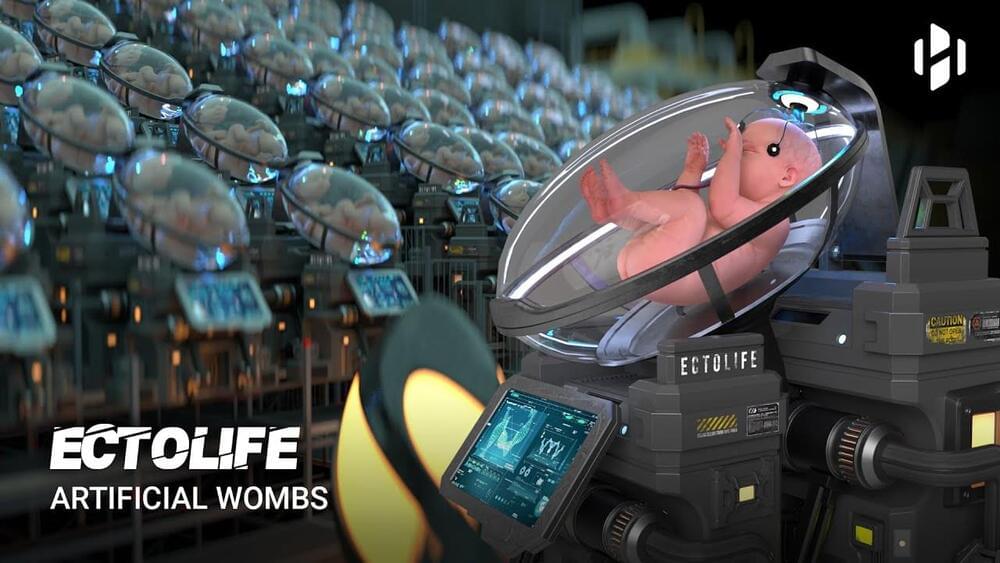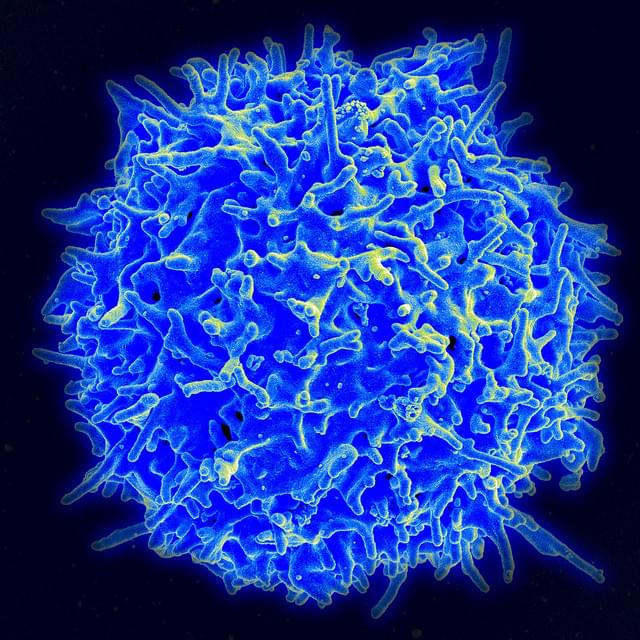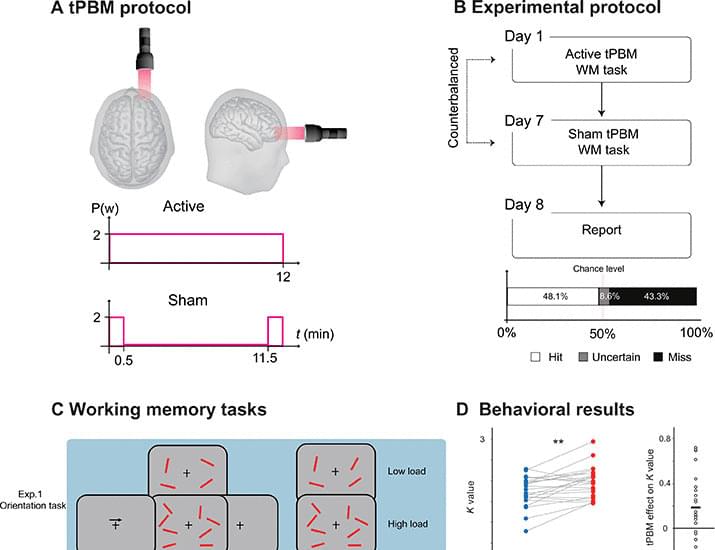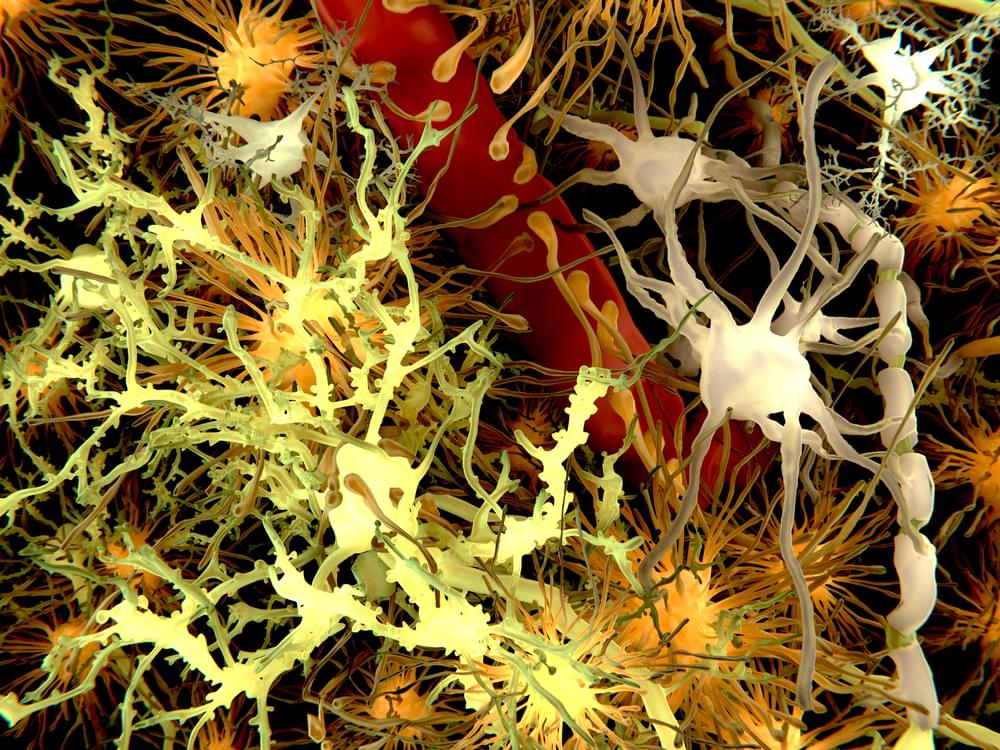The DNA is by far the oldest ever discovered, giving scientists an unprecedented glimpse of a lost ecosystem with “no modern analogue.”
The world’s first artificial womb facility, EctoLife, will be able to grow 30,000 babies a year. It’s based on over 50 years of groundbreaking scientific research conducted by researchers worldwide.
Join me on:
- TikTok: https://www.tiktok.com/@hashem.alghaili.
- Instagram: https://www.instagram.com/hashem.alghaili/
- Facebook: https://www.facebook.com/ScienceNaturePage/
- LinkedIn: https://www.linkedin.com/in/hashem-al-ghaili-1b30679b/
- Twitter: https://twitter.com/HashemGhaili.
#EctoLife #ArtificialWomb #Genetics
Thousands of Ukrainian soldiers and civilians are suffering unimaginable injuries in the country’s war with Russia. Many of the more seriously wounded have lost one or more limbs. Now a company in New York is stepping up to help. For access to live and exclusive video from CNBC subscribe to CNBC PRO: https://cnb.cx/2NGeIvi.
» Subscribe to CNBC TV: https://cnb.cx/SubscribeCNBCtelevision.
» Subscribe to CNBC: https://cnb.cx/SubscribeCNBC
Turn to CNBC TV for the latest stock market news and analysis. From market futures to live price updates CNBC is the leader in business news worldwide.
Connect with CNBC News Online.
Get the latest news: http://www.cnbc.com/
Follow CNBC on LinkedIn: https://cnb.cx/LinkedInCNBC
Follow CNBC News on Facebook: https://cnb.cx/LikeCNBC
Follow CNBC News on Twitter: https://cnb.cx/FollowCNBC
Follow CNBC News on Instagram: https://cnb.cx/InstagramCNBC
https://www.cnbc.com/select/best-credit-cards/
#CNBCTV
Canada’s TC Energy has shut the Keystone pipeline — which connects Alberta to the US — after 14,000 barrels of crude oil spilled into a creek in Kansas.
Pipe operator TC Energy announced the pipeline’s shutdown at 5.35 a.m. CT on Thursday. The Canadian company said it initiated an energy shutdown and response at 8 p.m. CT on Wednesday after alarms went off detecting a pressure drop in the system.
The cause of the leak is not known. It is not immediately clear as of presstime when the pipeline is expected to come back online.
Using new machine learning techniques, researchers at UC San Francisco (UCSF), in collaboration with a team at IBM Research, have developed a virtual molecular library of thousands of “command sentences” for cells, based on combinations of “words” that guided engineered immune cells to seek out and tirelessly kill cancer cells.
The work, published online Dec. 8, 2022, in Science, represents the first time such sophisticated computational approaches have been applied to a field that until now has progressed largely through ad hoc tinkering and engineering cells with existing—rather than synthesized—molecules.
The advance allows scientists to predict which elements—natural or synthesized—they should include in a cell to give it the precise behaviors required to respond effectively to complex diseases.
Water and wood may one day be all that’s needed to provide electrical power for a household. At a time when energy is a critical issue for many millions of people worldwide, scientists in Sweden have managed to generate electricity with the help of these two renewable resources.
The method reported by researchers at KTH Royal Institute of Technology focuses on what naturally happens after wood is placed in water, and the water evaporates. Transpiration, a process in which water moves through a plant, is constantly occurring in nature. And it produces small amounts of electricity, known as bioelectricity.
Yuanyuan Li, assistant professor at the Division of Biocomposites at KTH, says that with some nanoengineering of wood—and pH tuning—small but promising amounts of electricity can now be harvested.
Transcranial photobiomodulation (at 1,064 nm) applied to the right prefrontal cortex improves visual working memory capacity.
A simple alloy has claimed the crown for toughest material ever recorded. In a new study, a team led by researchers at Berkeley Lab ran the alloy through a series of tests and discovered not only its incredible toughness, but high strength and ductility that actually improve in colder temperatures, unlike most known materials.
The alloy in question contains chromium, cobalt and nickel (CrCoNi), and it belongs to a class of metals called high entropy alloys (HEAs). Most alloys are made up of one dominant element with smaller amounts of others added in, but HEAs contain equal amounts of each element. This can give them some impressive properties, such as high strength-to-weight ratios, an elastic modulus that rises with the temperature, or ultra strength and ductility.
In previous work, the researchers found that CrCoNi showed high strength and toughness at low temperatures of around −196 °C (−321 °F). For the new study, the team investigated how it would hold up at even colder temperatures of −253 °C (−424 °F), at which helium exists as a liquid. And sure enough, its toughness hit new heights in preventing cracks propagating.
Earlier research by Dr. Li-Huei Tsai of the Massachusetts Institute of Technology and others found that APOE4 might raise Alzheimer’s risk by altering lipid metabolism in certain brain cells. But the underlying details of the process remained unclear.
To build on these findings, the team conducted a multi-pronged study that assessed gene activity of all major cell types in post-mortem human brain tissue from 32 men and women who had one, two, or no copies of the APOE4 gene. Results were published in Nature on November 24, 2022.
The researchers found that APOE4 affected gene expression across all measured cell types. The team then took a closer look at genes related to cholesterol and other lipids. Cholesterol-manufacturing genes were overly expressed, and cholesterol-transporting genes dysregulated, in brain cells called oligodendrocytes with the APOE4 gene. Oligodendrocytes are found in the brain and spinal cord. They make and maintain a fatty substance called myelin that surrounds and insulates long nerve fibers. The abnormalities were more extreme in oligodendrocytes with two copies of APOE4 rather than one.









